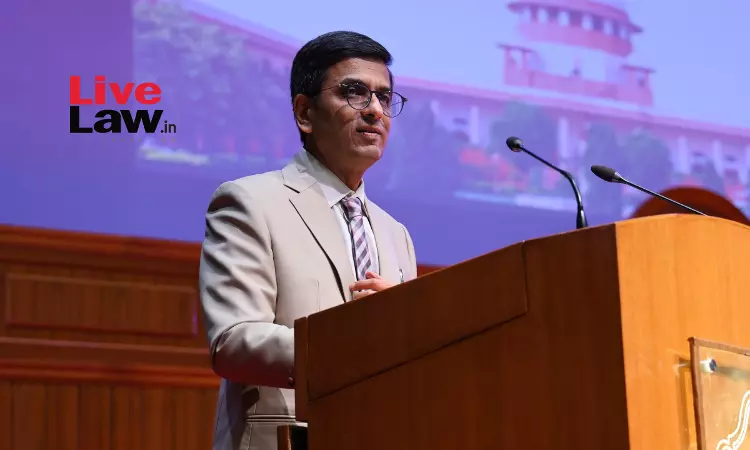In his inaugural address at the All India District Judges Conference held in Kachchh on March 2, Chief Justice of India, DY Chandrachud, expressed concern over the apparent reluctance of district courts to entertain matters concerning personal liberty. Noting a departure from the longstanding principle that "bail is the rule, jail is the exception," he highlighted the increasing number of...

